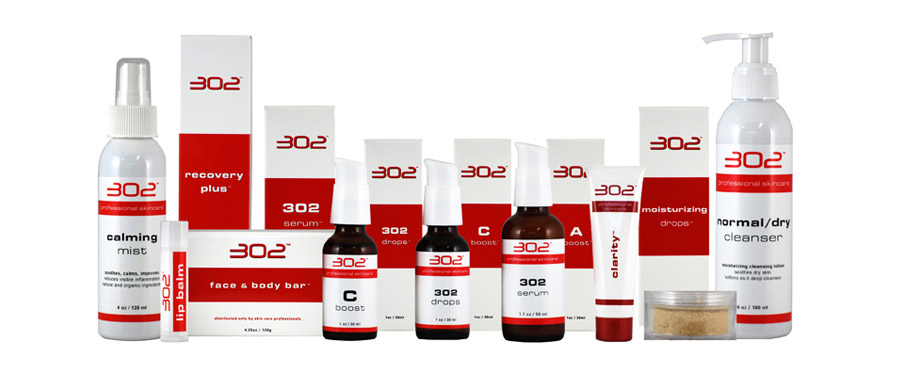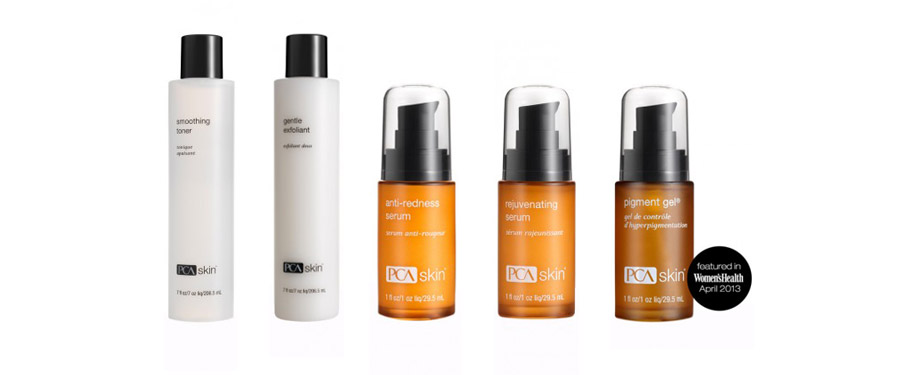When reading skin care product labels these days it helps to be a chemistry major. However, not all of us are. So here are some useful tips to clue you in to what you are using to look gorgeous every day!
Although most ingredients are listed in order of their concentration, manufacturing companies today are not required to list percentages. So as a general guideline, pay attention to the top five ingredients to inform you of the product’s main functions. Most active ingredients are also listed separately – for example, sunscreens and acne products. But just to confuse the issue, not all active ingredients have to be near the top of the list and can be beneficial at lower levels. Certain botanicals, vitamins A, C and E are good examples of these ingredients.
Know that there is a difference between ‘fragrance free’ and ‘unscented’ products. The first claim means that raw ingredients used have had their odors removed before blending in a formulation and contain no fragrance at all. The second claim refers to a formulation where ‘masking’ or ‘neutralizing’ agents have been added to the formulation to disguise any odor. Although fragrance free products tend to be more costly, the investment is worth it if you have very sensitive skin. Another point to make here – ‘hypoallergenic’ doesn’t necessarily guarantee that the product won’t cause a re-action. Skin can be sensitive to just about anything! I often see a client who has been using the same products for years and suddenly finds that their skin has become sensitive to those trusted products. Anything is possible and it depends on the expertise of your facialist to find a regime that works for you.
Buy date-stamped skin care products when possible or mark the date of purchase yourself especially on those items that last for a while. Products are supposedly manufactured with a shelf life of two years but it is impossible to know when the product was actually sealed and left the factory for distribution or how long it has been shelved. As a general rule and it hotter climates, keep nothing past six months ( prescription and highly active products no longer than three months) and buy what you need rather than stock piling products. As a precautionary measure, store unopened products in the refrigerator.
Skin is a mixture of oil and water. Therefore an oil-free formulation has to have something in it that will adhere to the skin. Silicone is generally a good substitute in these cases. If you have a real problem with oils, use serums, water based products or powder formulations.
Word to the wise – all products claiming to be organic are not created equal!! Great as they are, by nature, organic formulas tend to show some inconsistencies in both texture and smell with each new batch. Well formulated cosmeceuticals tend to be more consistent and just because you can’t pronounce an ingredient doesn’t mean it is a bad addition to a product. Some of those chemicals are extremely necessary and most are completely harmless. When shopping for organic, look for the NSF and USDA symbols both of which guarantee high organic content in the formulas.
Whatever you use keep in mind that during the day your products should hydrate and protect. At night they should correct and treat.















